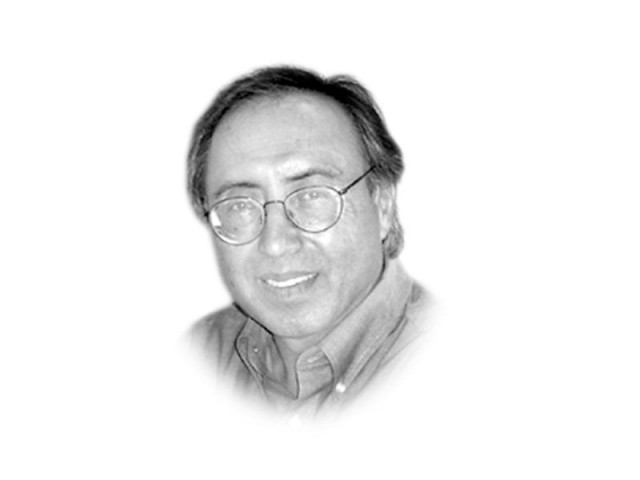Governing the capital — I
Saddest part of Islamabad is that it has no indigenous, local leadership, representative governance or accountability

The writer is a professor of political science at LUMS
For the good part, I have seen its slow and — during the past 15 years — quick transformation from a town on the Punjab frontier to a city in the true sense. It has become a vibrant, educational city with several public and private universities and hundreds of colleges, schools and professional institutions. Its population has expanded from merely tens of thousands to more than two million, and more are coming to settle here for its greenery, calm and good weather. In the cultural sphere, Islamabad can compete with Lahore and Karachi, the two cities with long histories and homes of great artists, poets and literary figures. For decades, I have enjoyed the Folk Heritage Festival, one of the finest in the world in diversity and celebration of folk art, culture, music and everything great associated with the people and places of the constituent regions of the Indus — modern day Pakistan.
Islamabad is one of the great achievements of Pakistan; my salute to those who conceived it, planned it and laid its foundation. No such capital has ever been built on an empty space. A glimpse at the pictures hanging on the walls of the single-hall museum in Saidpur Village would reveal to you the green fields of corn and wheat, the hamlets and clean streams running through them. My sympathy and support is with those who were uprooted and displaced to other locations with very little compensation. That is one of the saddest part of the story of Islamabad the ‘Beautiful’. Ideally, the villages and hamlets could have been protected heritage zones, very much like Saidpur Village. I admire the vision and genius of those who restored it. There are hundreds of such villages in the countryside that can be restored, rebuilt and made into tourist attractions.
The city is further expanding in every direction and very quickly. A string of private housing development projects in addition to the Capital Development Authority (CDA) and the Defence Housing Authority, have stretched its borders tens of miles outward. Real estate, both residential and commercial, being pricey, has attracted the usual characters from the political and bureaucratic class, who govern the capital to rob it of its resources.
Every government in the past has, for decades, been allotting public property as personal and political favours to friends and families. Many a time, members of the National Assembly — a richer class — have been given plots, some more than once. Apart from them, the friends and family of chief executives have benefitted from the free distribution of real estate, becoming super-rich overnight. This is, however, a small piece of the big financial pie that the capital has offered to developers, real estate agents and the CDA bosses.
The saddest part of the Islamabad story is that it has no indigenous, local leadership, representative governance or accountability. For these reasons, service delivery in parks, hospitals, markets and public spaces remains poor.
Published in The Express Tribune, June 11th, 2015.
Like Opinion & Editorial on Facebook, follow @ETOpEd on Twitter to receive all updates on all our daily pieces.














COMMENTS
Comments are moderated and generally will be posted if they are on-topic and not abusive.
For more information, please see our Comments FAQ